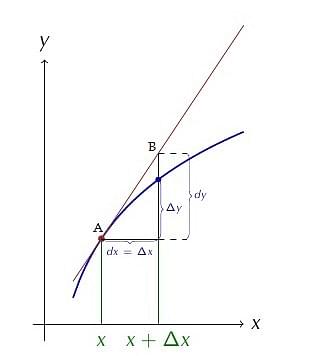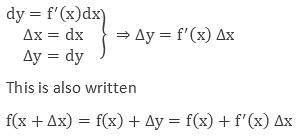Question:
The maximum area of a rectangle inscribed in the circle $(x + 1)^2 + (y - 3)^2 = 64$ is
The maximum area of a rectangle inscribed in the circle $(x + 1)^2 + (y - 3)^2 = 64$ is
Updated On: Oct 11, 2024
- 64 s units
- 72 s units
- 128 s units
- 8 s units
Hide Solution
Verified By Collegedunia
The Correct Option is C
Solution and Explanation
The area of a rectangle inscribed in a circle is maximum, when it is a square
The area of a rectangle inscribed in a circle is maximum, when it is a square.
$\Rightarrow(\text { diagonal })^{2}=(\text { side })^{2}+(\text { side })^{2}$
$\Rightarrow$ (diameter) $^{2}=2$ (side) $^{2}$
(because diagonal = diameter)
$\Rightarrow \frac{(16)^{2}}{2}=(\text { side })^{2}$
$\therefore$ Area $=128$ s units
The area of a rectangle inscribed in a circle is maximum, when it is a square.
$\Rightarrow(\text { diagonal })^{2}=(\text { side })^{2}+(\text { side })^{2}$
$\Rightarrow$ (diameter) $^{2}=2$ (side) $^{2}$
(because diagonal = diameter)
$\Rightarrow \frac{(16)^{2}}{2}=(\text { side })^{2}$
$\therefore$ Area $=128$ s units
Was this answer helpful?
0
1
Top Questions on Approximations
Questions Asked in KCET exam
- If the number of terms in the binomial expansion of \((2x + 3)^n\) is 22, then the value of \(n\) is:
- KCET - 2025
- Binomial theorem
- Ethyl alcohol is heated with concentrated sulphuric acid at 413 K (140°C). The major product formed is
- KCET - 2025
- Organic Chemistry
- A body of mass 0.25 kg travels along a straight line from \( x = 0 \) to \( x = 2 \, \text{m} \) with a speed \( v = k x^2 \) where \( k = 2 \, \text{m}^{-1} \). The work done by the net force during this displacement is
- KCET - 2025
- Elastic and inelastic collisions
- A square loop of side 2 m lies in the Y-Z plane in a region having a magnetic field \(\mathbf{B} = (5 \hat{i} - 3 \hat{j} - 4 \hat{k}) \, \text{T}\). The magnitude of magnetic flux through the square loop is
- KCET - 2025
- Magnetic Field
- A random experiment has five outcomes \(w_1, w_2, w_3, w_4, w_5\). The probabilities of the occurrence of the outcomes \(w_1, w_2, w_4, w_5\) are respectively \( \frac{1}{6}, a, b, \frac{1}{12} \) such that \(12a + 12b - 1 = 0\). Then the probabilities of occurrence of the outcome \(w_3\) is:
- KCET - 2025
- Probability
View More Questions
Concepts Used:
Approximations
The theory that is part of mathematics is the approximation theory. An approximation is employed when it becomes difficult to seek out the exact value of any number. It is also essential to round off the errors resulting in approximation.
Symbol of Approximation:
In general, the wavy equal “≈” sign is used to represent the approximate values that stand for “almost equal to”.
For Example ⇢ π ≈ 3.14
Approximations of Derivatives:
Consider y = f(x) = any function of x.
Let,
Δx = the small change in x
Δy = the corresponding change in y


Here are some of the essential points that are required to be remembered:
- The differential of the dependent variable can not be equal to the increase of the variable whereas the differential of the independent variable can be equal to the increase of the variable.
- Absolute error in x is the change Δx.